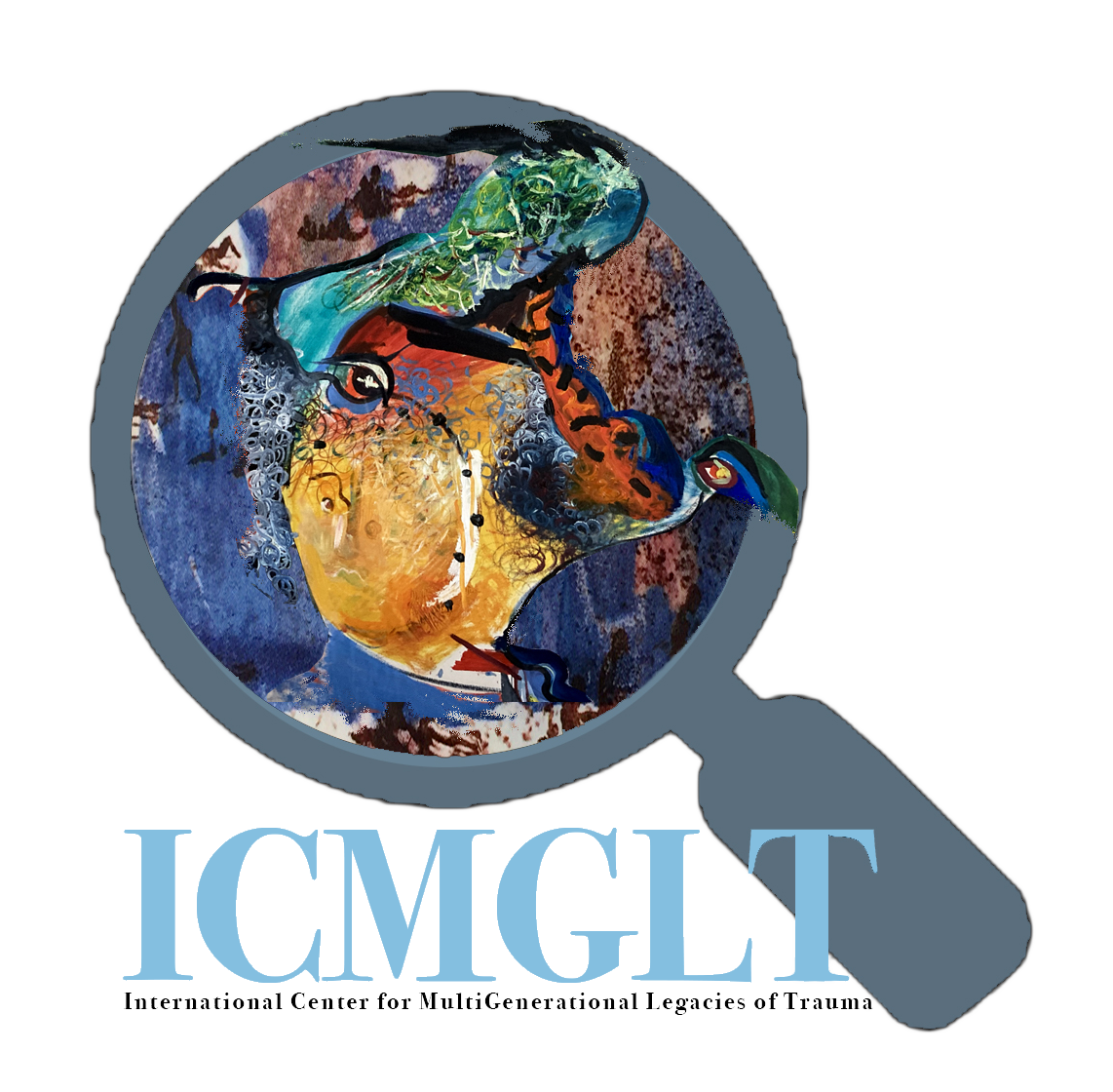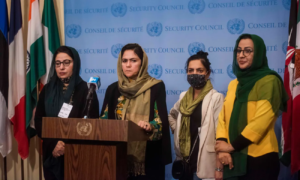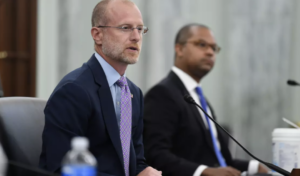The week-long holiday is a celebration of African-American culture
Kat EschnerDecember 22, 2016
December 26 isn’t just Boxing Day. It’s the start of Kwanzaa, a week-long celebration of African-American culture that was first celebrated fifty years ago, in 1966.
In the twenty-first century, wrote Elizabeth Pleck in the Journal of American Ethnic History in 2001, it remains “one of the most lasting innovations of United States black nationalism of the 1960s. Maulana Karenga, a prominent member of the black nationalist community, designed the holiday “as a celebration of African American family, community and culture,” according to History.com.
Behold the World’s Smallest Monkey: The Pygmy Marmoset
“Kwanzaa is significant because of its popularity and because it retells the African American story, with the distant African rural past elevated to the point of origin,” she wrote. “It is even more significant as a cultural event where African American racial identity is formed and refashioned in the post-civil rights era.”
The holiday is mostly an American tradition, she wrote, but it’s also celebrated in Canada and the Caribbean. Today it’s less popular than it was in the 1980s and 1990s, writes NPR, but the holiday is celebrated by about two percent of Americans. And it remains part of community winter celebration throughout the country. Houston, Madison, Wisconsin, Chicago and the village of Yellow Springs, Ohio are just a few of those communities.
Duke University’s Mark Anthony Neal told NPR host Michel Martin that one of the reasons Kwanzaa might have decreased in popularity is because black heritage is much more accessible today than it was in the 1980s. For millennials, he said, the fact that they can find black history on the internet and black studies is part of university curriculums means that there’s no longer the kind of intensity around the holiday that he felt in the 1980s. Then, he said, it felt like Kwanzaa was the only way “to be able to connect to some sort of sense of black heritage.”
At the center of Kwanzaa celebrations are seven principles, called the Nguzo Saba. Breanna Edwards writes for The Root that the principles include: umoja, or unity; kujichagulia, or self-determination; ujima, or collective work and responsibility; ujamaa, or cooperative economics; nia, or purpose; kuumba, or creativity; and imani, or faith.
Kwanzaa’s name and the names of the seven principles come from Swahili, according to History.com. The name comes from the phrase “matunda ya kwanza,” which means “first fruits” in the East African language.
But one historian points out that Swahili might not have been the most appropriate language for an African-American holiday. Kwanzaa, writes John McWhorter for The Root, “was rooted in a ‘60s fashion for treating Swahili as black America’s ‘ancestral’ language.” The choice of Swahili was an innocent one, he writes, but it ignored the fact that black Americans’ ancestors mostly came from West Africa.
Picking any one language from the enormous continent of Africa, home to 54 independent countries and many more linguistic divides, is a hard task, he writes. But McWhorter suggests Twi, which is spoken in Ghana. “Many slaves brought to the New World by the English, or sold to them, were from Ghana, then known famously as the Gold Coast, where Twi was the dominant local language,” he writes. “Just as important, a great many Ghanaians have relocated to the United States in the past 40 years, and therefore, someone trying to pick up some Twi could have native speakers to practice with.”
Kwanzaa ends with a day of reflection on the first day of the new year. It’s a time when people are supposed to think about the challenges and achievements of the year that’s past. Neal says that’s why the holiday is still important: “If there’s any opportunity for black folks in this country to be able to come together and look backward at what we’ve just achieved in the past year, and have the opportunity to plan for our future, I think there’s always value in that.”




